The evidence shows a drying trend that history can’t rival.
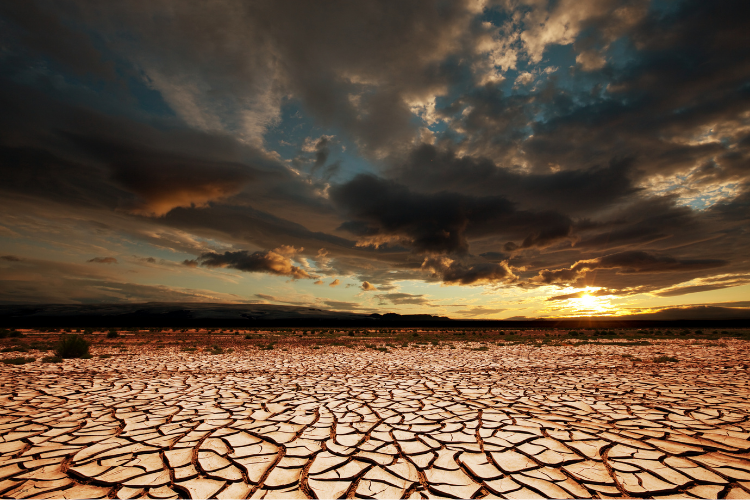
The western United States has always cycled through dry periods, but scientists say what we’re seeing now isn’t part of the ordinary rhythm. Tree ring data stretching back over a millennium reveals a drought so extreme that nothing in the last 1,200 years compares. The word “megadrought” no longer feels like an exaggeration, it’s a scientific diagnosis.
Communities from California to Colorado are already living inside the consequences. Reservoirs that once symbolized abundance now show cracked earth, farmers are struggling to keep fields alive, and cities debate how much water residents should get. This isn’t a future problem; it’s a generational crisis unfolding in real time.
1. Tree rings hold the proof.
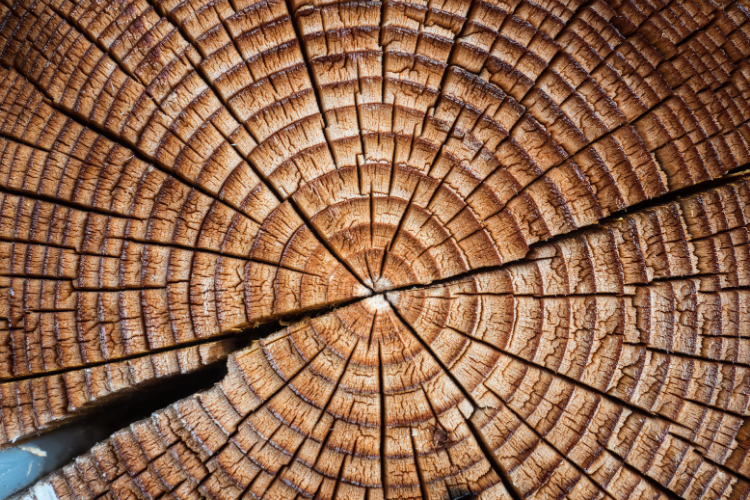
Scientists studying ancient tree rings can read history in their narrow lines. Dry years leave thin growth patterns, and stacked together they tell a timeline stretching back centuries. Researchers found the past two decades of drought surpass all but one period in recorded history. According to a study published in Nature Climate Change, the severity and length of the current dry spell outpace even medieval droughts. The scale isn’t just unusual, it’s unprecedented. These natural records give us evidence beyond speculation, showing exactly how far outside the normal cycle the West has now drifted.
2. Human-driven warming intensifies natural dryness.
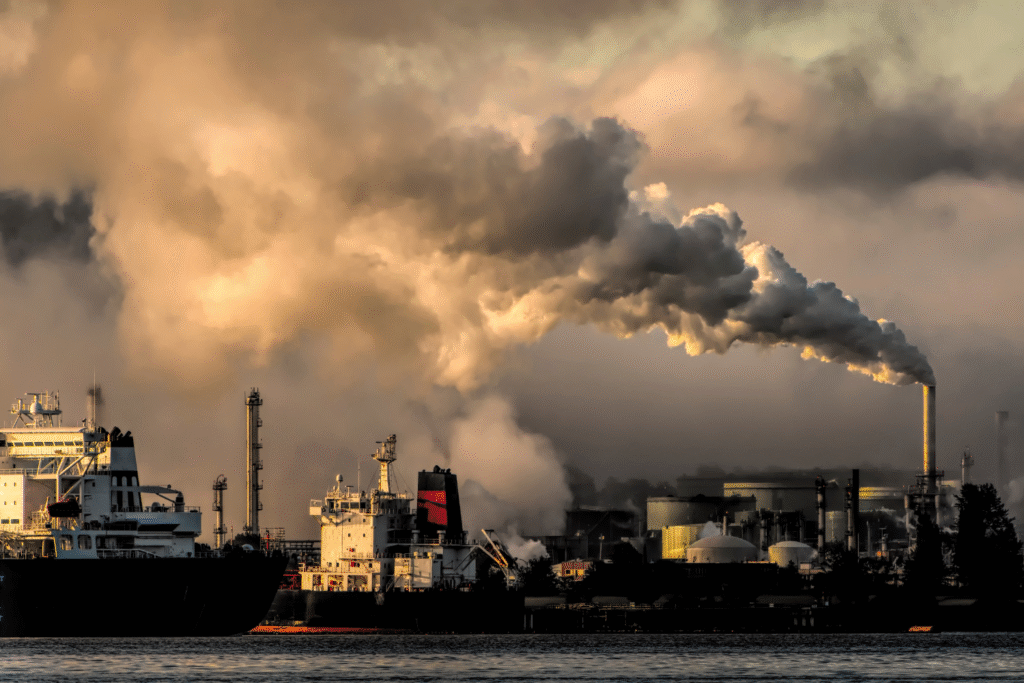
Drought itself is not new, but climate change has poured gasoline on the fire. Rising temperatures dry out soils faster, melt snowpack earlier, and increase evaporation from rivers and lakes. A 2022 study concluded that nearly half of the severity of this megadrought can be traced directly to human-caused warming, reported by UCLA and Columbia researchers. That means without greenhouse gas emissions, this drought might still exist but would not be nearly as devastating. The human fingerprint is stamped across every crack in the soil and every shrunken reservoir left behind.
3. Reservoirs are shrinking into history.
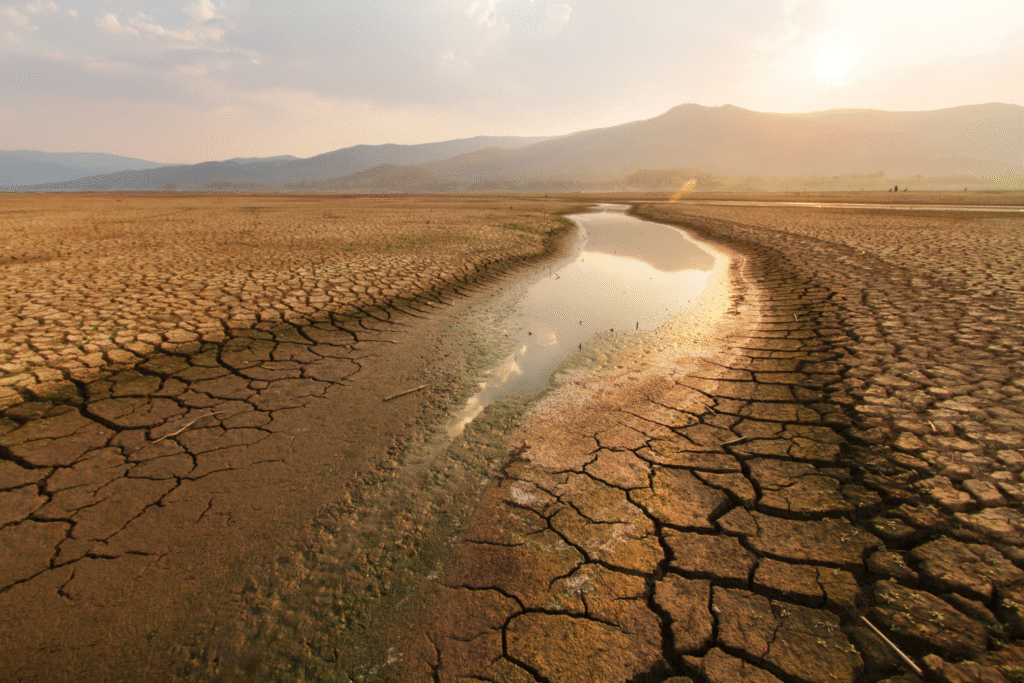
Lake Mead and Lake Powell, the two largest reservoirs in the United States, are at historic lows. Their bathtub rings show years of receding water, exposing canyons that haven’t seen sunlight in centuries. The U.S. Bureau of Reclamation has issued multiple emergency cuts to states reliant on the Colorado River, as stated by federal reports. These reservoirs were built as monuments of control over the desert, yet now they serve as visible evidence of its unraveling. The decline isn’t a slow creep, it’s an accelerated collapse that communities downstream feel in daily water restrictions.
4. Farmers face impossible math.
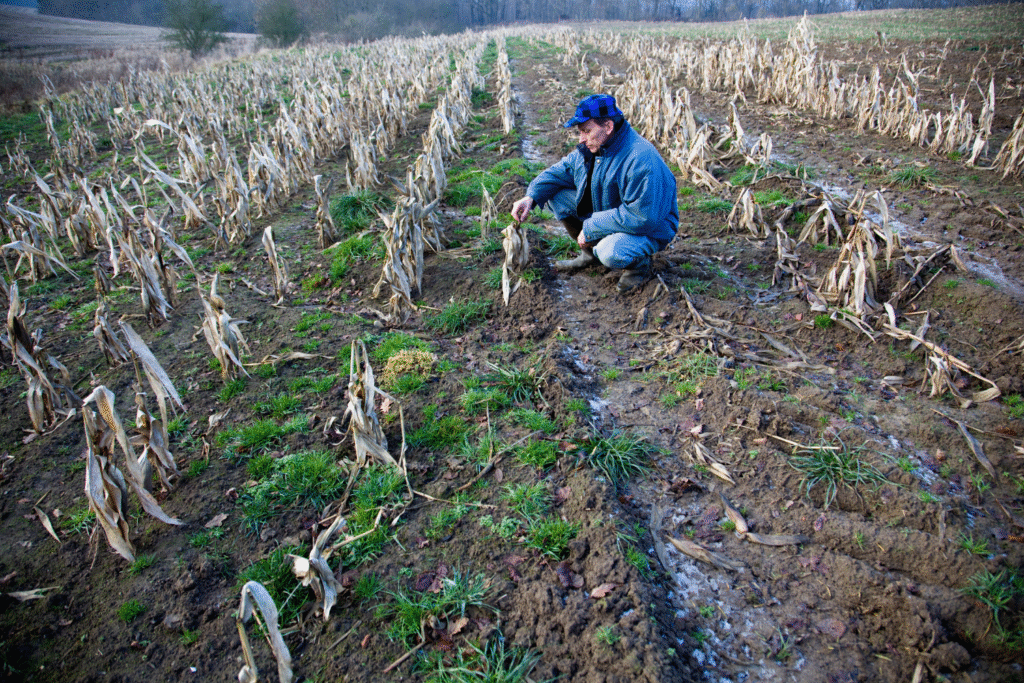
Agriculture has always depended on irrigation in the arid West, but now the calculations don’t add up. Farmers weigh which fields to abandon, knowing there isn’t enough water to go around. Crops like alfalfa and almonds, notorious for their thirst, face new scrutiny. Families who have farmed for generations are forced to sell land or drill deeper wells, neither of which offers long-term security. Each season becomes a gamble where survival replaces profit. The fragility of our food system becomes visible every time water allocations shrink.
5. Ranchers watch herds shrink under water and feed shortages.
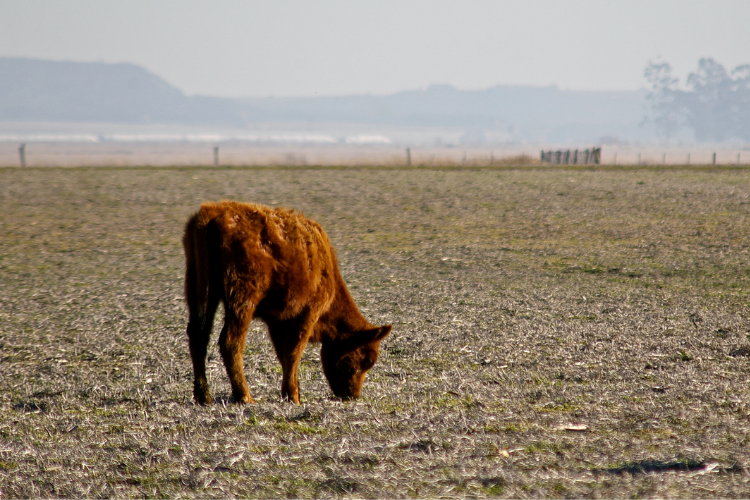
Livestock producers face a punishing squeeze. Without steady rainfall, rangelands dry out, forcing ranchers to buy costly hay or sell off parts of their herds. Streams that once provided water for cattle now run too shallow or vanish altogether, leaving animals dependent on hauled-in supplies. Families that have grazed the same land for generations find the math doesn’t work anymore. Each dry season compounds the stress, eroding both financial security and cultural traditions tied to ranching. The megadrought isn’t just changing landscapes—it’s reshaping livelihoods built on the animals that depend on them.
6. Wildfire seasons burn longer and hotter.
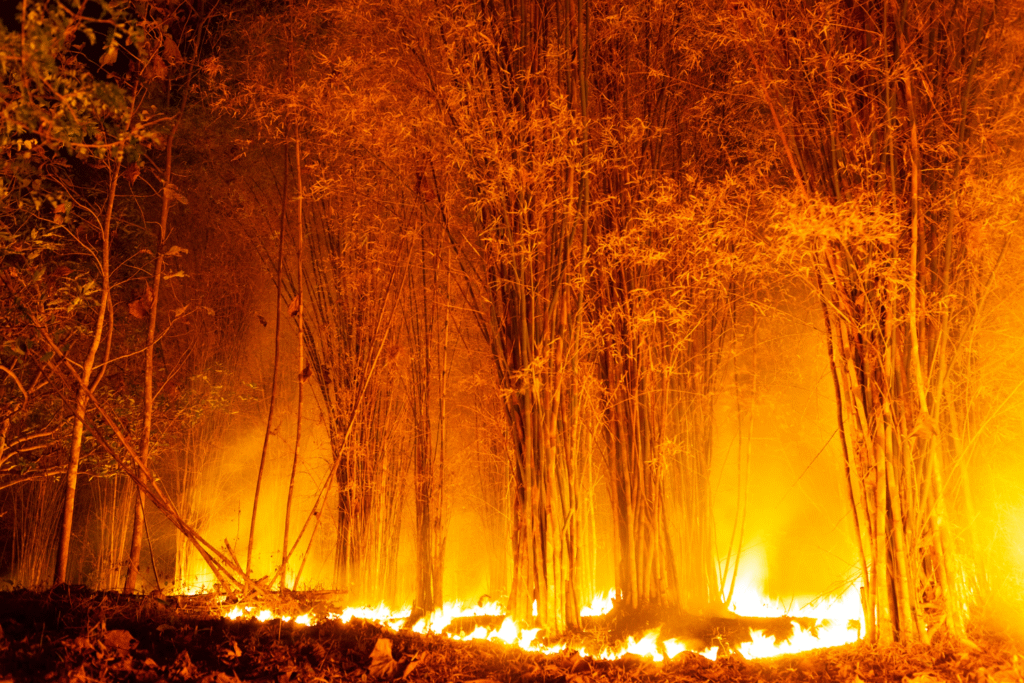
Dry vegetation turns landscapes into tinderboxes, and fire season has expanded far beyond its traditional summer months. Megafires in California, Oregon, and Washington erupt with alarming frequency, fueled by parched forests and record heat. Communities brace for smoke-filled skies that last weeks, sometimes months. Families keep go-bags by the door, aware that evacuation orders can come at any moment. Firefighters talk openly about being outmatched, facing conditions they’ve never seen before. The drought doesn’t just remove water—it loads the dice for catastrophe.
7. Groundwater is disappearing underground.
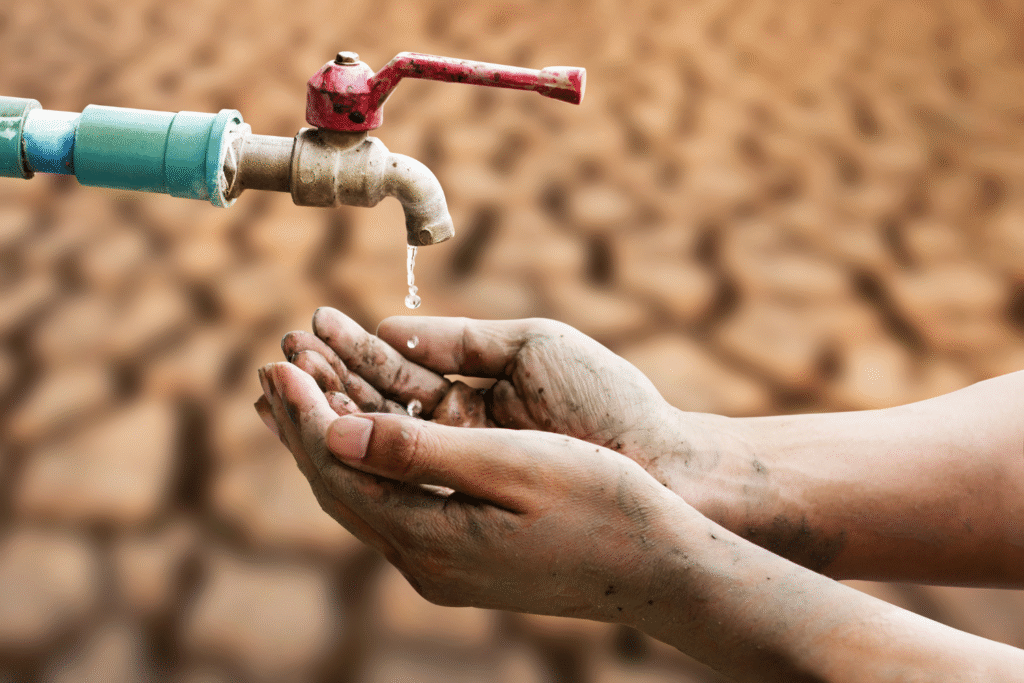
As surface water vanishes, communities tap deeper aquifers. But groundwater is a finite resource, and over-pumping has caused land in parts of California’s Central Valley to sink by several feet. Wells run dry, leaving entire neighborhoods without running water. The quiet depletion underground may be less visible than shrinking lakes, yet it’s equally devastating. Once those ancient reserves are gone, they don’t return on human timelines. The drought is emptying not only what we see above ground but also the hidden reserves below our feet.
8. Indigenous communities face disproportionate strain.
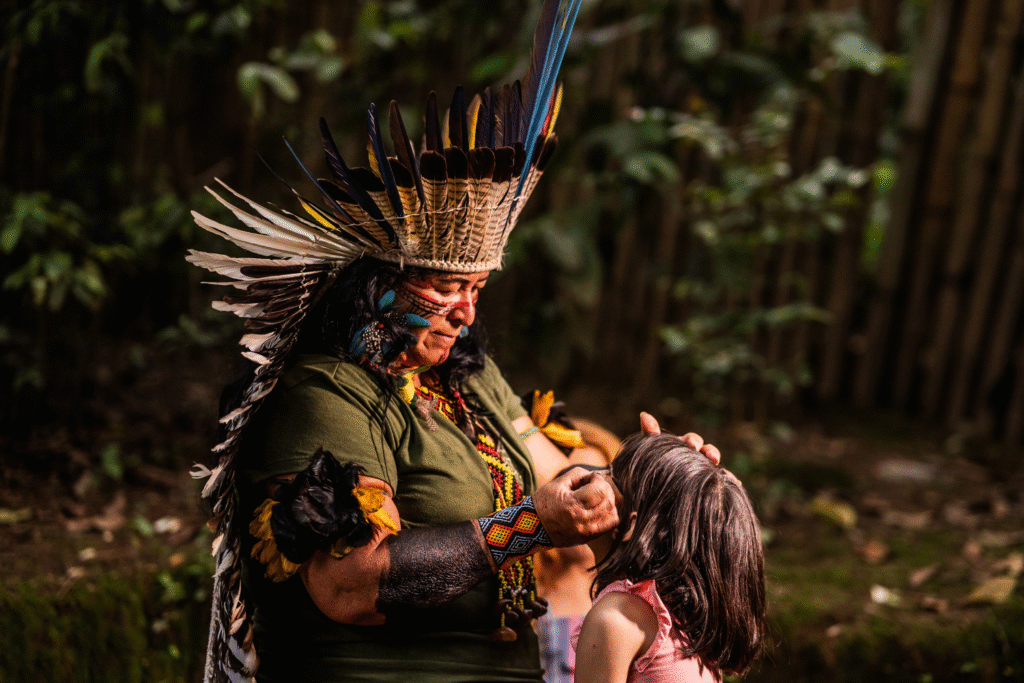
Native nations across the West have long fought for legal access to water promised in treaties. The drought deepens that struggle, as rivers and streams run low and infrastructure lags behind. For many tribes, water scarcity isn’t just about household use but about cultural survival, tied to fisheries and sacred landscapes. The cuts ripple harder in these communities because they intersect with centuries of exclusion. The megadrought highlights inequities that have existed for generations, pulling long-standing issues into sharper relief.
9. Cities wrestle with permanent restrictions.

Urban residents once treated water restrictions as temporary measures during hot summers. Now they are becoming permanent policy. Cities like Las Vegas and Los Angeles enforce bans on decorative lawns, regulate irrigation hours, and penalize waste. Public campaigns urge residents to replace grass with desert plants. What began as emergency drought management is shifting into a cultural reset. Generations growing up now will know water scarcity not as a temporary inconvenience but as a normal part of life.
10. Wildlife is caught in the middle.
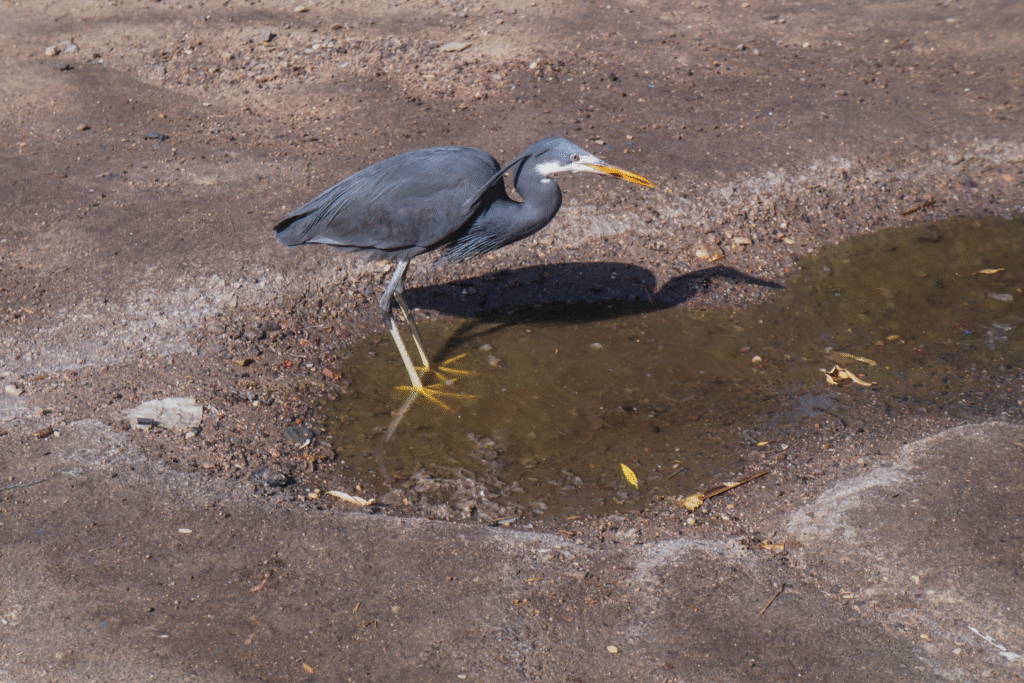
Rivers once thick with salmon now run too shallow or warm for spawning. Migratory birds that rely on wetlands find dry basins instead. Deer and bears move closer to human settlements in search of water, increasing dangerous encounters. The drought reshapes ecosystems, squeezing species that can’t adapt quickly enough. These ecological changes ripple outward, affecting entire food chains. The story of the drought isn’t just about people; it’s also about animals forced into survival decisions as their habitats collapse.
11. The crisis shows no sign of relief.
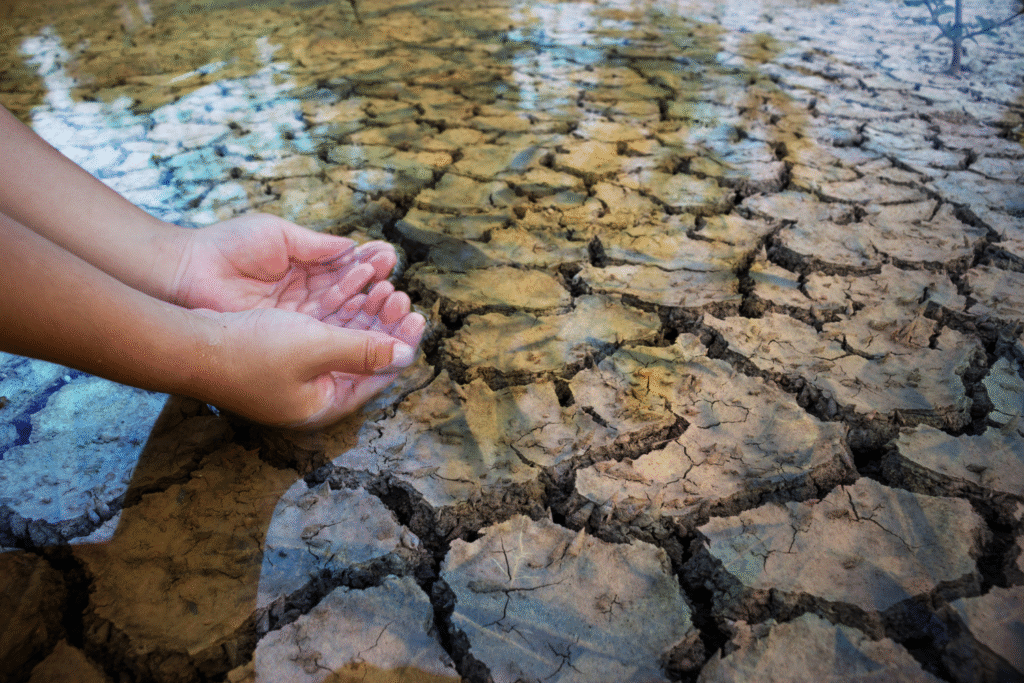
Short bursts of rain or even a strong winter snowpack are not enough to undo two decades of drying. Scientists warn that the long-term outlook remains bleak, with warming temperatures locking in harsher conditions. Even if greenhouse gas emissions drop sharply, recovery will take generations. The drought has carved itself into the baseline of the West. Communities must adapt to this new normal, where survival depends not on hoping for rain but on reimagining life in a permanently drier world.
